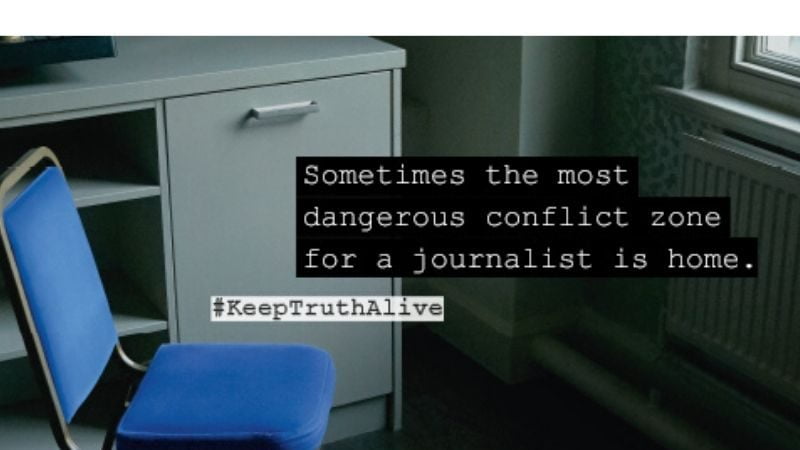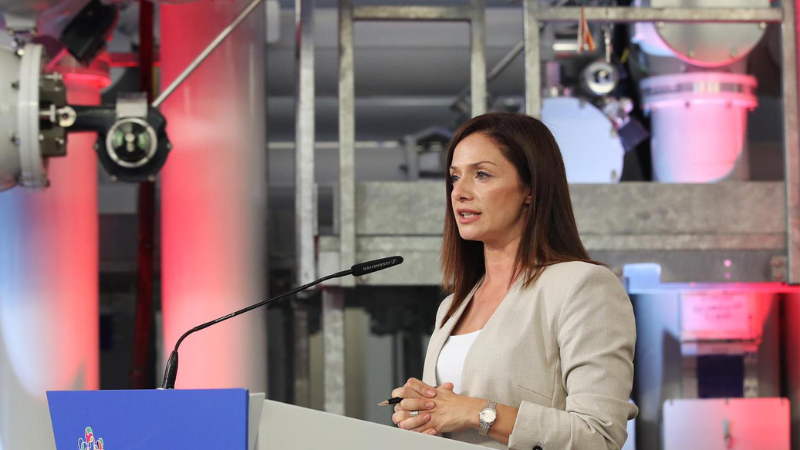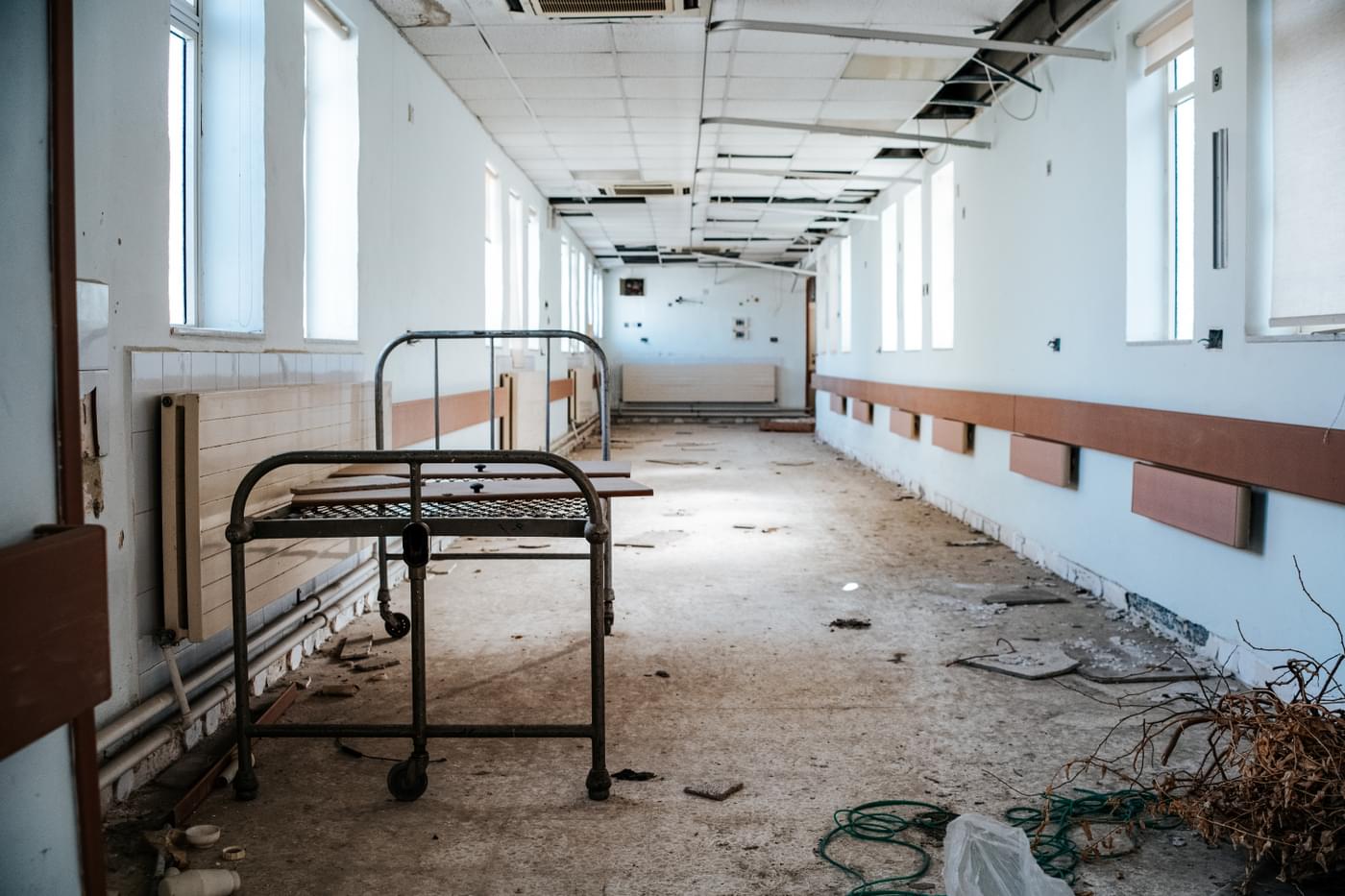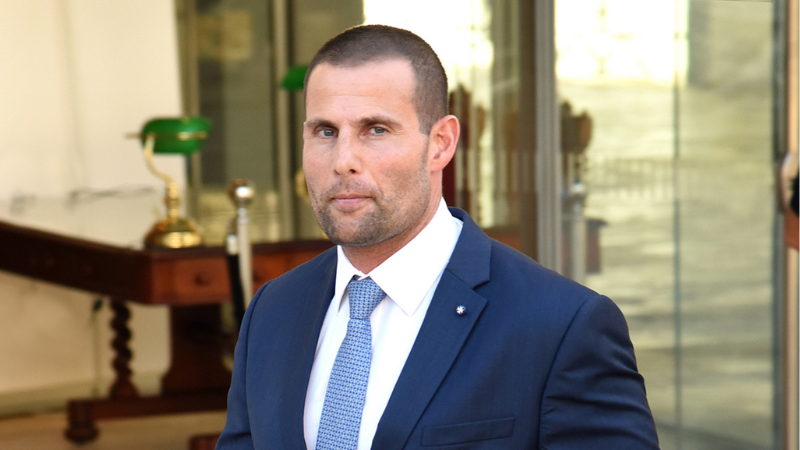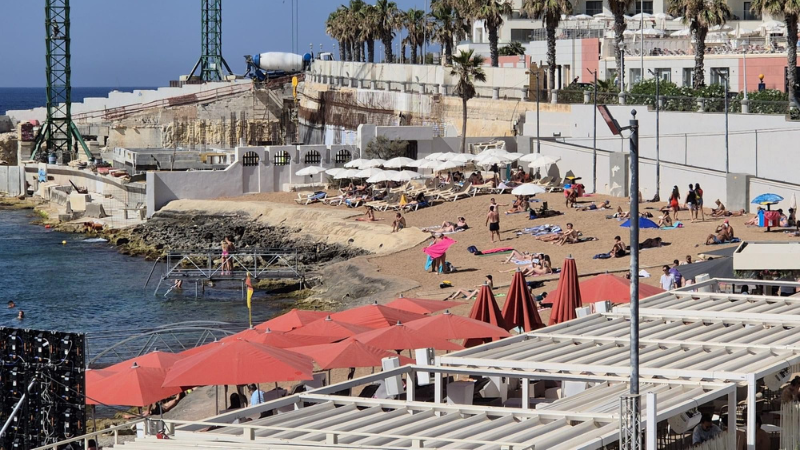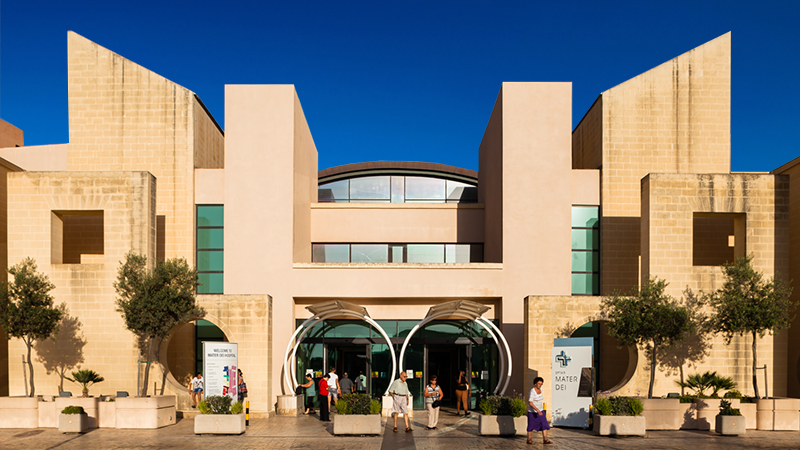More than 1000 journalists were killed over the past 12 years while searching for the truth, and nine out 10 cases are still unresolved.
The majority of these murders – 93% – were local journalists killed in war zones, at home or on the corner of the street because they were working on stories that someone wanted silenced.
These journalists are being honoured by UNESCO in their annual campaign on 2 November, the International Day to End Impunity for Crimes against Journalists.
This year’s campaign, titled Keep the Truth Alive, uses an interactive map to showcase the individual journalists who were killed across the world for their stories. Malta lists journalist Daphne Caruana Galizia, brutally assassinated in a car bomb a few metres away from her home on 16 October, 2017.
The Google Maps feature the names of journalists whose killings were recorded by UNESCO since 1993. Readers are able to access information on each journalist, and to share the map on social media.
In 2018, more than 700 media outlets across the world supported the International Day to End Impunity for Crimes against Journalists, using the campaign hashtag #TruthNeverDies.
Impunity remains a problem when it comes to crimes committed against journalists, according to UNESCO. The farther away the events happen, the less the public feels concerned.
The #TruthNeverDies campaign aims to counter the widespread belief that journalists are only killed in war zones, far away from home, with the slogan: “It happened near you”.
“UNESCO is concerned that impunity damages whole societies by covering up serious human rights abuses, corruption, and crime. Governments, civil society, the media, and everyone concerned to uphold the rule of law are being asked to join in the global efforts to end impunity,” according to the statement.
Earlier this week, the Committee for the Protection of Journalists released their latest global index report, which showed that around 318 journalists were murdered in retaliation for their stories over the past 10 years, and 86% of these cases remain unsolved.
In 2013, UNESCO adopted a landmark resolution that “condemns unequivocally all attacks and violence against journalists and media workers, such as torture, extrajudicial killings, enforced disappearances and arbitrary detention, as well as intimidation and harassment in both conflict and non-conflict situations”.
The resolution also proclaimed 2 November as the International Day to End Impunity for Crimes Against Journalists, which coincides with the day when French journalists Ghislaine Dupont and Claude Verlon were killed by militants in Mali that same year. It also falls within the three-week period each year that media NGOs worldwide campaign against impunity.

